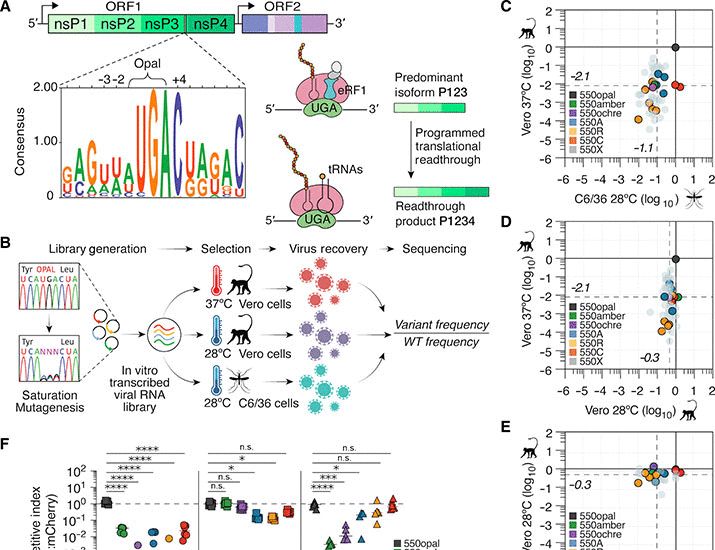Tamanash Bhattacharya
@tamanash.bsky.social
190 followers
300 following
26 posts
Helen Hay Whitney Foundation fellow in Harmit Malik lab at Fred Hutch | I study evolutionary adaptation | http://tamanashbhattacharya.wordpress.com
Posts
Media
Videos
Starter Packs
Reposted by Tamanash Bhattacharya
Reposted by Tamanash Bhattacharya
Reposted by Tamanash Bhattacharya
Reposted by Tamanash Bhattacharya
Reposted by Tamanash Bhattacharya
Reposted by Tamanash Bhattacharya
Reposted by Tamanash Bhattacharya
Reposted by Tamanash Bhattacharya
Bloom lab
@jbloomlab.bsky.social
· Sep 4

Determinants of human versus mosquito cell entry by the Chikungunya virus envelope proteins
Chikungunya virus (CHIKV) infects both humans and mosquitoes during its transmission cycle. How the virus’s envelope proteins mediate entry in cells from such different species is unclear. MXRA8 is a ...
www.biorxiv.org
Reposted by Tamanash Bhattacharya
Reposted by Tamanash Bhattacharya
Kay Choi Lab
@kaychoi-lab.bsky.social
· Aug 21

Interaction of West Nile virus NS5 with orthoflavivirus SLA RNAs and their effects on viral replication and inhibition | Journal of Virology
West Nile virus (WNV) causes West Nile disease in humans. Approximately 1 in 150 cases
develops serious neurological complications, such as meningitis or encephalitis. Currently,
no vaccines or antivi...
journals.asm.org
Reposted by Tamanash Bhattacharya
Bloom lab
@jbloomlab.bsky.social
· Aug 20








